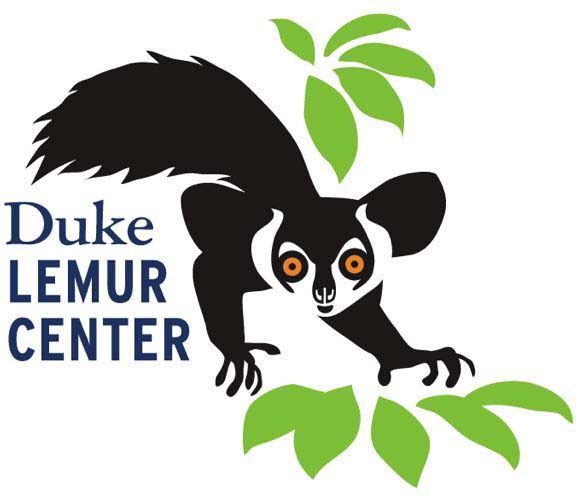By Lydia Greene, DLC researcher and Duke Ph.D. student
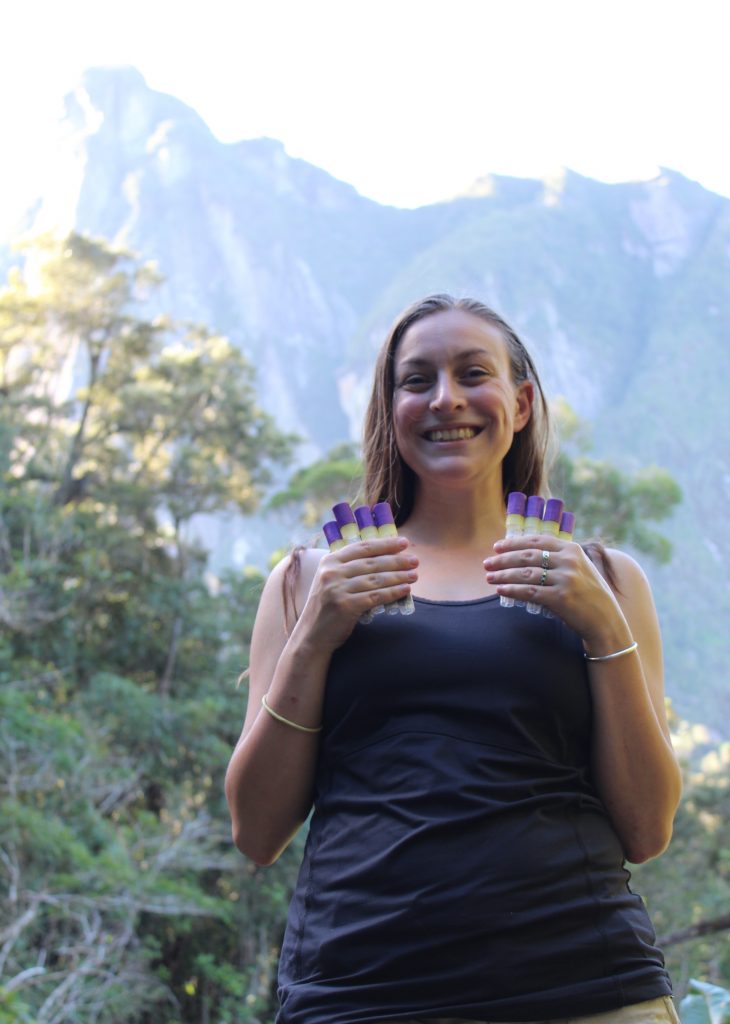
A happy lemur researcher (Lydia Greene) and her samples.
Feces is seldom the most palatable topic to discuss around the dinner table, but for lemur researchers, it’s often unavoidable. Take, for example, a recent mission to Marojejy National Park conducted by myself and DLC/SAVA project coordinator, Marina Blanco. We went to Marojejy together to collect feces for two different projects, and often found ourselves at the end of a long day, consuming vast quantities of rice and beans, discussing the lemurs we’d seen defecate that day. Ah, field work.
As a Ph.D. student in Duke’s Ecology Program, I was on the hunt for fecal samples for my dissertation research on the gut microbiomes of various leaf and fruit-eating lemurs. My research centers around trying to understand the relationship between the multitude of bacteria that inhabit lemur guts and the feeding strategy, geographic location, and evolutionary history of the lemur, that is, are the bacteria in a lemur’s gut more reflective of what they eat, where they live, or who they are. It’s been a longtime goal of mine to sample the silky sifakas, white-fronted brown and red-bellied lemurs of Marojejy.
Marina’s project also centered around the poop of white-fronted brown and red-bellied lemurs, more easily referred to as the Eulemur. Eulemur are fruit eaters and play a major role in seed dispersal in Marojejy. The idea is that these lemurs swallow whole seeds, soften the seeds’ outer layer with intestinal juices, and pass them intact in their feces, where equipped with their own fertilizer, they germinate well. We often think of the ruffed lemurs as being the biggest seed dispersers in Madagascar: Their body size being bigger, they can theoretically poop out bigger seeds. But, there aren’t any ruffed lemurs in Marojejy, and so the task falls on the Eulemur. Marina’s task was therefore to find Eulemur groups, wait for them to poop, identify the seeds in the poop, collect fruit from corresponding trees, and germinate the seeds.
We based our team at Camp 2, and our first day was spent getting ourselves there. Camp 2 is a good 6.1km from the park entrance and another 2.7km from where cars can drop you off. You also hike upwards about 800m. Fresh air, clean water, and the sounds of the forest surrounded us as Marina and I pitched our tent. Soon, stars emerged and mouse lemurs bounced around the trees behind us.
To help us both, we hired a crackerjack team of guides. First there is Dezykely, an experienced Marojejy guide who knows the lemurs, but also how to keep me from falling down (don’t worry mom, I’m fine). Then there is January, named for his birth month, who is an expert silky tracker. He once spent 1.5 years in Marojejy and knows every inch of the park. And lastly we had Yokono, a fresher guide whose enthusiasm and excellent English made up for his youth. These guys seem to swim through the forest with ease on really difficult ‘trails’. I would generously describe my hiking style as somewhat less graceful.
Take for example, the day I went with Dezy and January to find some silky sifakas. We were off the tourist trail, traveling along the guide trails. I think trail is a strong word here, mostly what I saw were opportunistic roots to grab onto, a few slippery rocks to shuffle along, several trees that looked good on paper, but were really hosts for leach infestations, and several holes masquerading as solid ground. I quickly learned the Malagasy word for ‘fall’ (lavo) and also the term for sliding on your butt to avoid falling (techniqué vody). This particular mission was successful and I scored samples from three adult silky sifakas living together, 2 females carrying infants and the group’s dominant male.
Over 10 days of alternate sunshine and monsoon, our team hiked up and down, front to back, and side to side looking for our lemurs and their poop. The lemurs of Marojejy are habituated to people, but carry no tracking devices. We rely completely on our guides to find them based on their instinct and experience. I ultimately collected samples from 9 silky sifakas, 9 red-bellied lemurs, and 14 white-fronted brown lemurs, and Marina identified 9 different types of intact seeds pooped out by her lemurs.
The most impressive part? The sheer size of some of the seeds. One seed, whose mother tree is known as fagnonahona, is literally the size of a quail’s egg, but more oblong. Marina saw a red-bellied lemur poop out three of them in a row. Giant yellow bullets raining down from the canopy. If she hadn’t seen it, I never would have believed it. Currently, some of these lemur fe-seeds are germinating in the DLC/SAVA office: We now have proof that red-bellied lemurs act as seed dispersers of this giant seed.
Overall, we had a fantastic time in Marojejy. I love the thrill of hiking for hours to finally find the animals and of waiting for hours to finally get samples. And then I love the calm of ending each exhausting day wrapped in a warm fleece, drinking tea with the team, and discussing lemur poop.

A female white-fronted brown lemur (Eulemur albifrons) about to make a fecal contribution
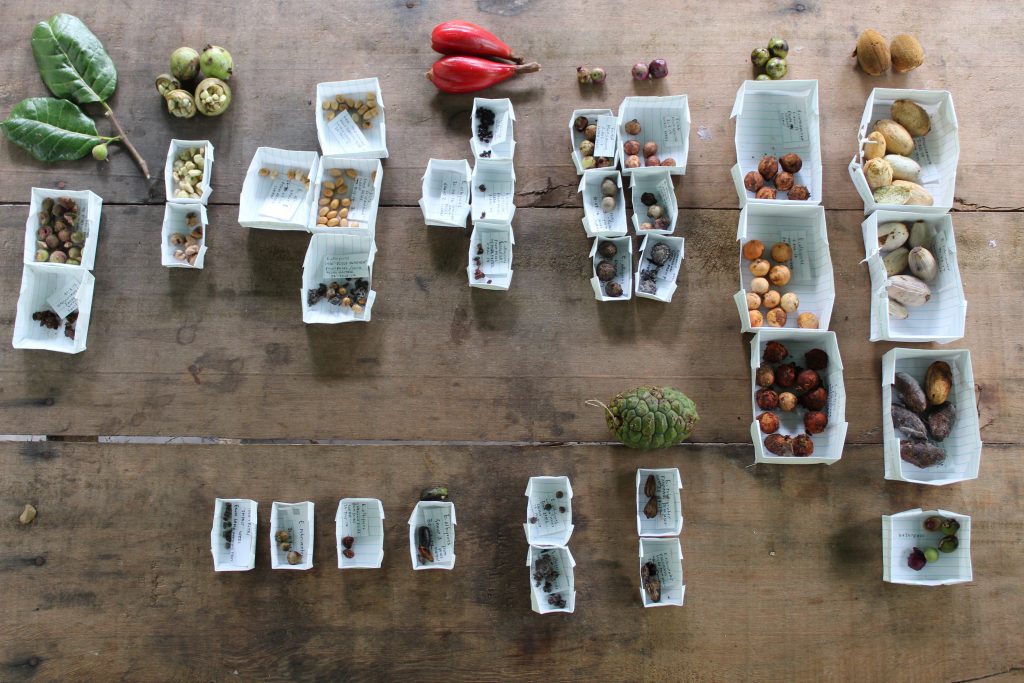
Seeds of various forest fruits eaten by Marojejy lemurs
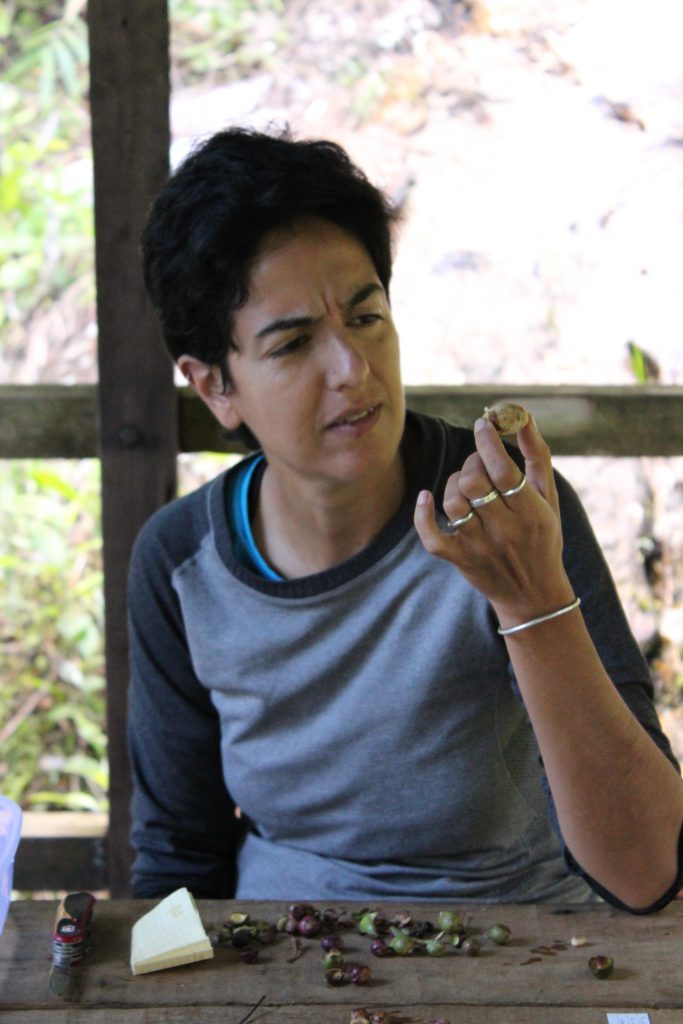
DLC-SAVA Project Coordinator Marina Blanco wondering how a lemur could have passed such a large seed intact!
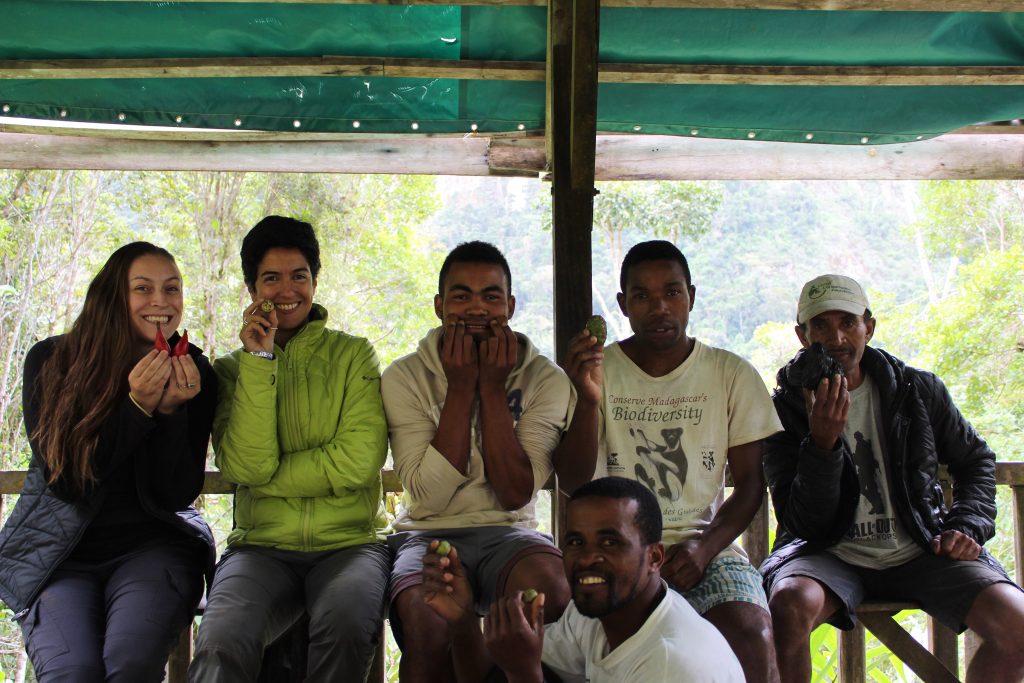
The poop troop
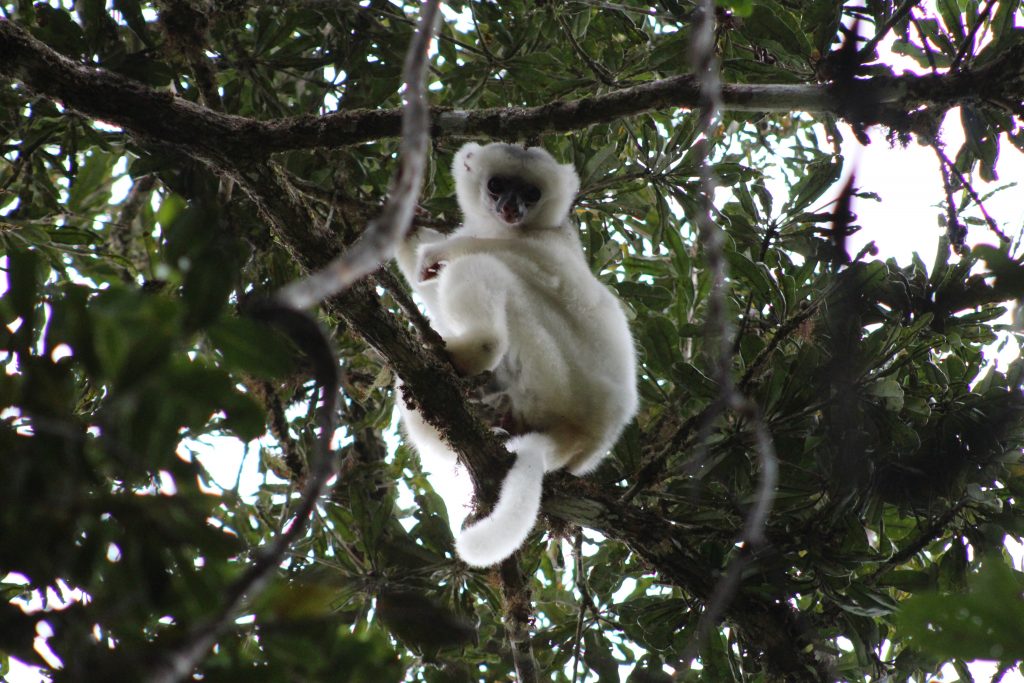
Silky sifaka in Marojejy
